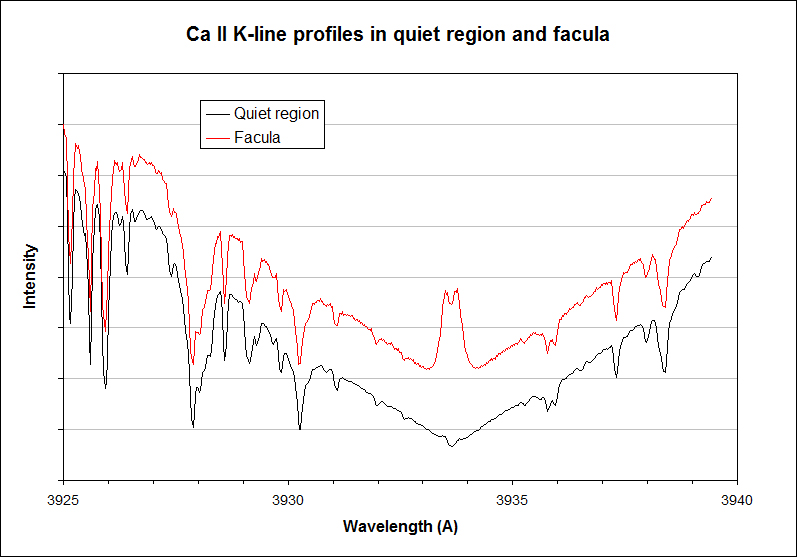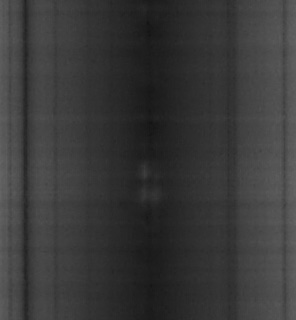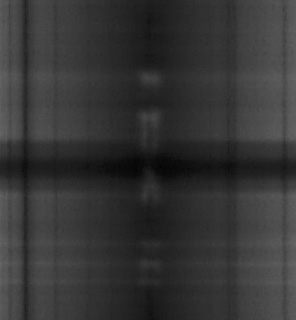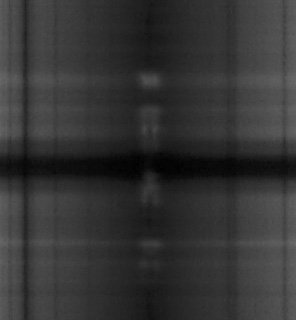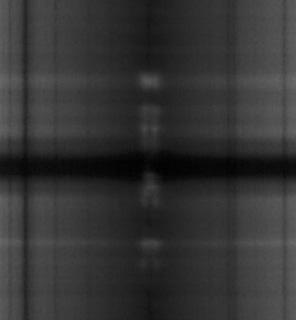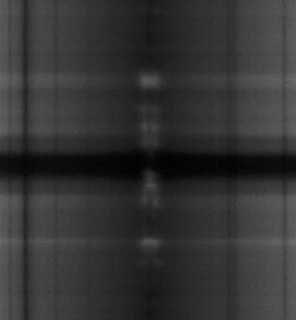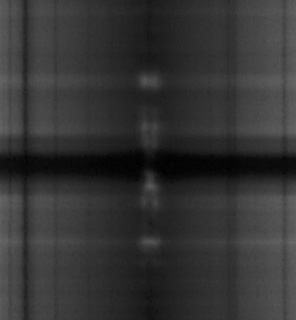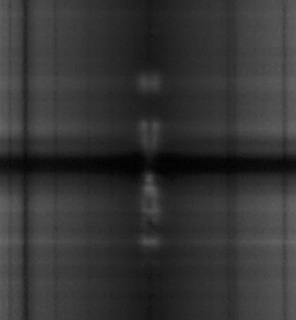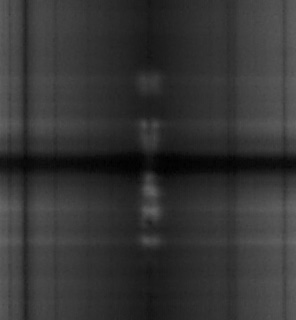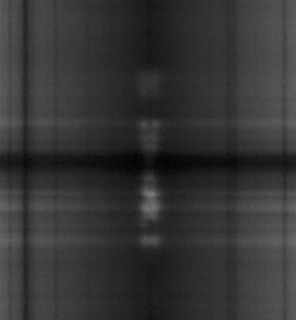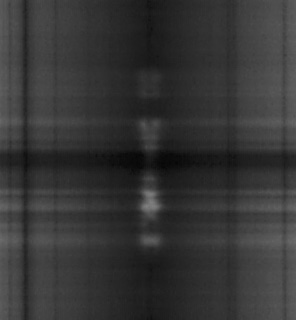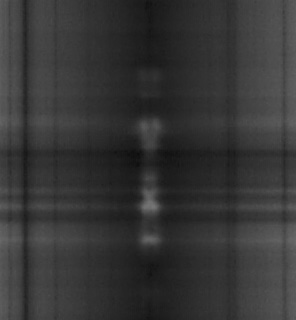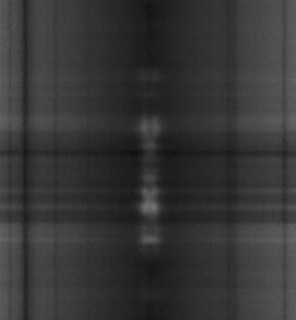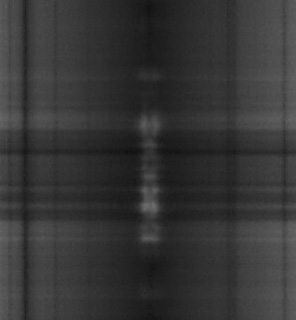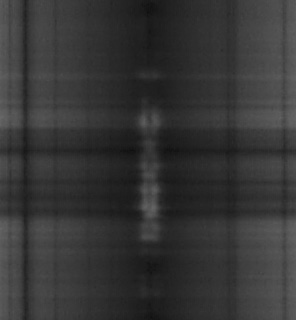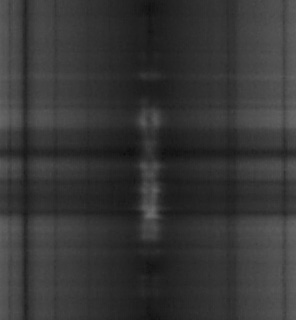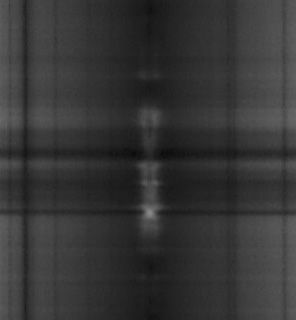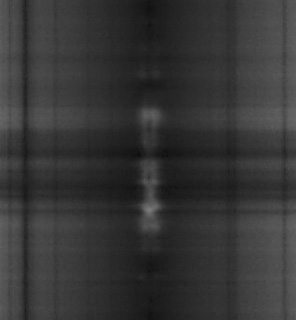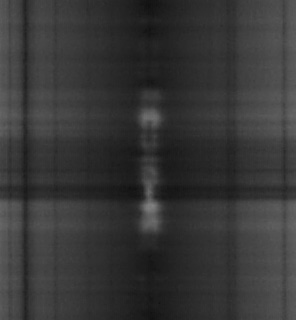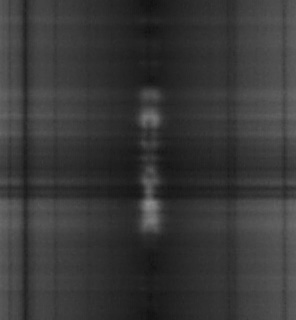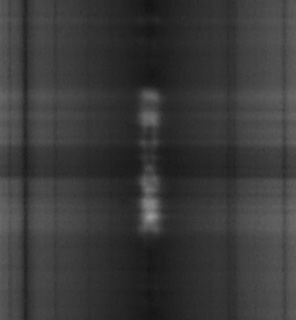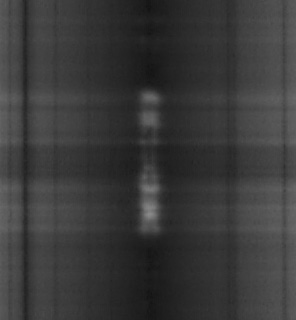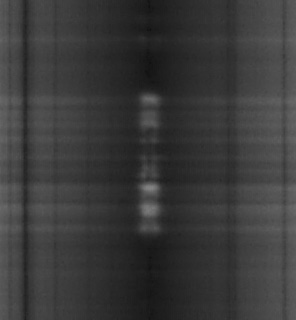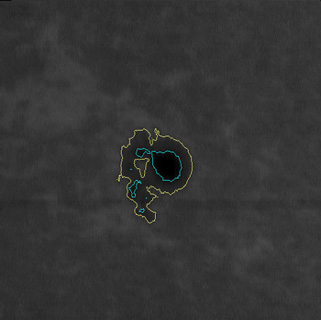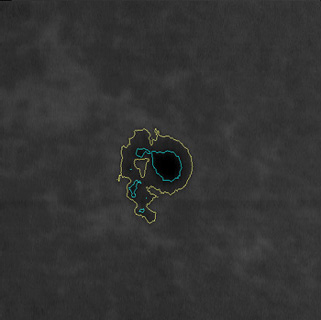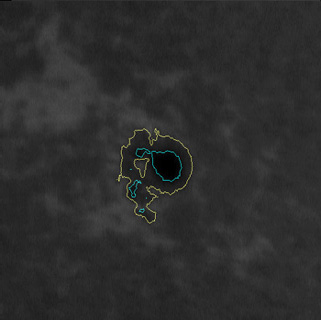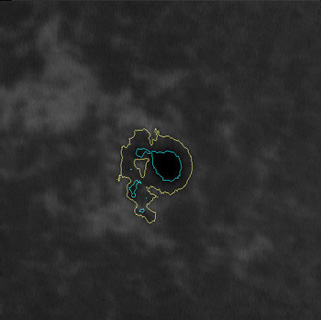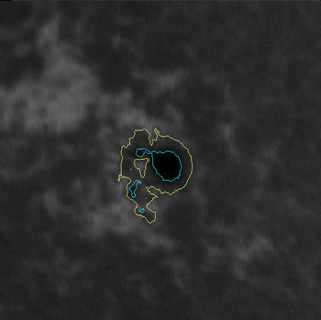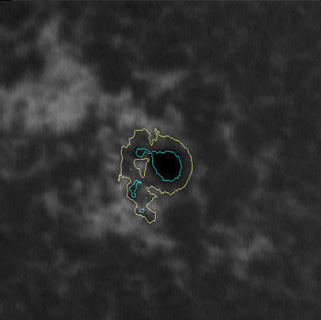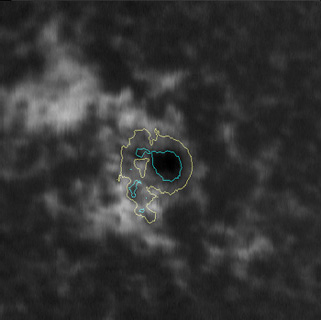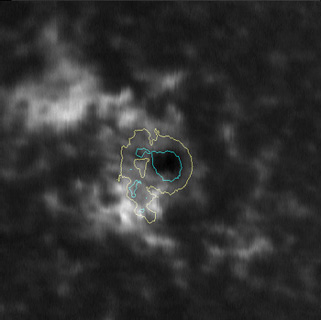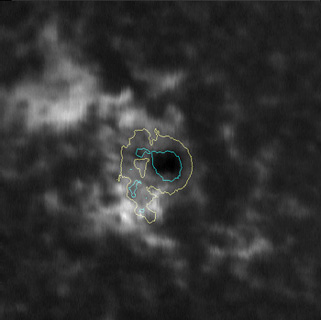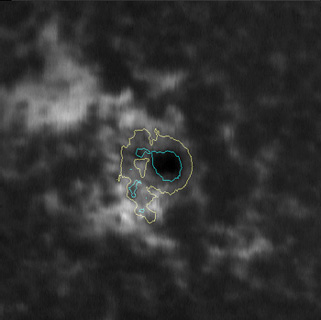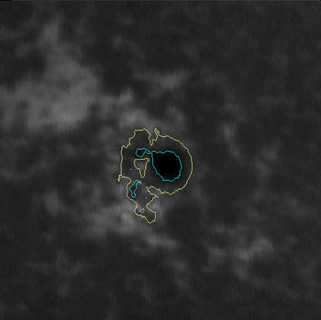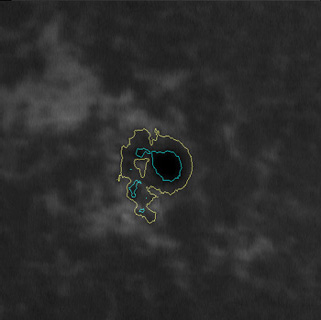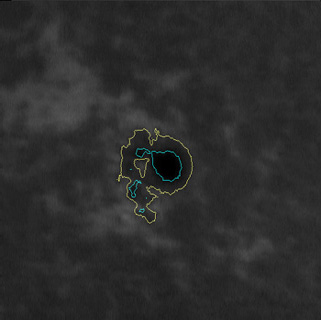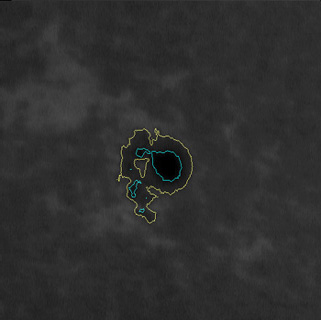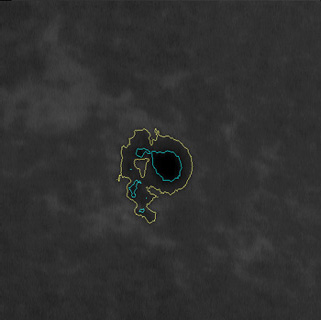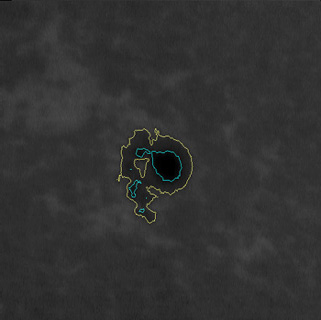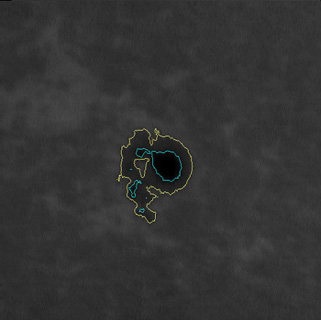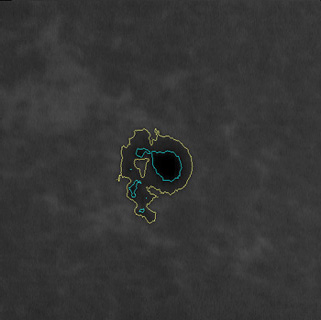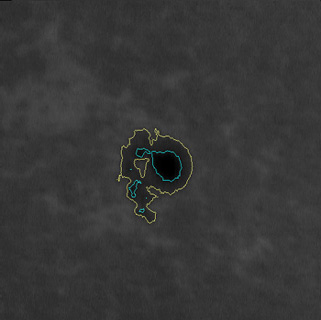
- Theoretical Elements
- SHG with a 115/900
- SHG with 90/1300 refractor (p.1
 )
) - SHG with 90/1300 refractor (p.2
 )
) - Newton 192/950
- Dobson 80/400 'Babydob'
- Ultra-simple solar spectrum
- Misc. electronic layouts
- Misc. optical layouts
- Untransversaliumisator software
- Processing videos software
- "PUSH TO" DIY system

- Radio control RA, Dec & focus

- Focuser 3D pour Vixen 150/750

- Year :
- Synoptic maps :
- Videos
- Maunder's Diagram
- Cycle 23 in images
- Venus Transit 2004
| The ionized calcium K-line
|
||
| The violet end of the visible solar spectrum is marked by 2 very intense absorption lines at 3968.5 Å and 3933.7 Å, indicated respectively H and K by Fraunhofer in 1814. This doublet results from the absorption of the photospheric light by the ionized calcium atoms (CaII) present in the chromosphere. One of the characteristics of these lines is that they present a brilliant emission in the core when faculae or the chromospheric network is observed. This emission line itself is generally divided by a fine median absorption line. Hale and Ellerman indicated (1904) by indices 1.2 and 3, respectively, the broad absorption line, the emission line and the median absorption line. One adds the letter R or V to K1 and K2 according to whether one considers the component placed on the red or violet side of the spectrum. K3 being central remains K3. Here 2 profiles of the line CaII K taken on April 29th, 2005 with the webcam in active region NOAA 0756:
In fact, as the spectrum 2D shows it below, the emission line K2 is very variable in width and intensity. One can notice that it becomes very fine and that K3 seems to disappear when the slit is crossing the umbra of the sunspots. 
The 2 images below make it possible to show the aspect of the spectrum according to the positioning of the slit of the spectrograph, or contrary, to show the chromosphere at a choosen wavelength. Yellow and blue contours respectively represent the limits of the umbra and the penumbra of the sunspot.
|
||
|
||
Aspect of the center of K line at the solar limb. K2 and K3 exceed solar limb, showing that K2 is formed at a high altitude, and K3 is even higher. | ||
 | ||
|
